Electrical Circuits Worksheets and Activities
If you're a teacher or a parent looking to enhance your lessons on electrical circuits, you'll appreciate the value of carefully curated worksheets and activities. These resources not only provide an organized and structured way for students to practice and reinforce their understanding of key concepts, but also encourage active learning by engaging them in hands-on activities. With a variety of worksheets available, both online and in print, you can easily find suitable ones to suit the needs of your students or children and make learning about electrical circuits a fun and engaging experience.
Table of Images 👆
More Other Worksheets
Kindergarten Worksheet My RoomSpanish Verb Worksheets
Cooking Vocabulary Worksheet
DNA Code Worksheet
Meiosis Worksheet Answer Key
Art Handouts and Worksheets
7 Elements of Art Worksheets
All Amendment Worksheet
Symmetry Art Worksheets
Daily Meal Planning Worksheet
What is an electrical circuit?
An electrical circuit is a closed loop pathway through which electricity can flow, typically consisting of interconnected components such as wires, resistors, capacitors, inductors, and power sources like batteries or wall outlets. This pathway allows the flow of electric current to power various electronic devices or systems, enabling the transfer of electrical energy for various functions.
What are the main components of an electrical circuit?
The main components of an electrical circuit are a power source (such as a battery or power supply), conductors (wires) that carry electric current, resistors that control the flow of electricity, switches that can open or close the circuit, and loads or components that use the electrical energy (such as light bulbs or motors).
How does current flow in a circuit?
Current flows in a circuit due to the movement of electric charge carriers, such as electrons, through a conductive path. When a voltage source, such as a battery, is connected in a circuit, it creates an electric field that pushes the electrons in the direction of the positive terminal of the source. This movement of electrons creates an electric current, which is the flow of charge through the circuit.
What is the difference between series and parallel circuits?
In a series circuit, the components are connected end to end, so the same current flows through each one in sequence. If one component fails, the circuit is broken. In a parallel circuit, the components are connected across multiple paths, so each one has the full voltage of the source applied, and if one component fails, others can continue to operate.
How do you calculate the total resistance in a series circuit?
To calculate the total resistance in a series circuit, you simply add together the resistance values of each resistor present in the circuit. This can be done using the formula: Total Resistance = R1 + R2 + R3 + ... + Rn, where R1, R2, R3, etc. are the individual resistance values of the resistors in the circuit.
How do you calculate the total resistance in a parallel circuit?
To calculate the total resistance in a parallel circuit, you use the following formula: 1 / Rt = 1/R1 + 1/R2 + 1/R3 + ... + 1/Rn, where Rt is the total resistance and R1, R2, R3, ... Rn are the resistances of each individual component. Simply sum the reciprocals of the individual resistances and then take the reciprocal of the sum to find the total resistance of the parallel circuit.
What is Ohm's Law and how is it used in circuits?
Ohm's Law states that the current flowing through a conductor is directly proportional to the voltage applied across it, and inversely proportional to the resistance of the conductor. It is mathematically represented as I = V/R, where I is the current, V is the voltage, and R is the resistance. In circuits, Ohm's Law is used to calculate current, voltage, or resistance when the values of the other two are known. This makes it an essential tool in designing, analyzing, and troubleshooting electrical circuits.
What are the safety precautions to consider when working with electrical circuits?
When working with electrical circuits, it is important to always turn off power sources before beginning any work, wear insulated gloves and tools to prevent electrical shocks, ensure proper grounding techniques are used, never overload circuits, keep work areas dry, and regularly inspect equipment for any damage or wear. It is also crucial to follow all safety guidelines provided by manufacturers and never attempt electrical work beyond your level of expertise.
What are some common circuit symbols and their meanings?
Some common circuit symbols and their meanings include a resistor (opposes the flow of current), capacitor (stores and releases electrical energy), inductor (stores energy in a magnetic field), switch (controls the flow of current), battery (provides electrical power), diode (allows current to flow in one direction only), and transistor (amplifies or switches electronic signals).
What are some everyday examples of electrical circuits?
Some everyday examples of electrical circuits include light switches controlling overhead lighting, power outlets providing electricity to chargers and appliances, and electronic devices like cell phones and laptops being powered by batteries or plugged into a wall outlet.
Have something to share?
Who is Worksheeto?
At Worksheeto, we are committed to delivering an extensive and varied portfolio of superior quality worksheets, designed to address the educational demands of students, educators, and parents.

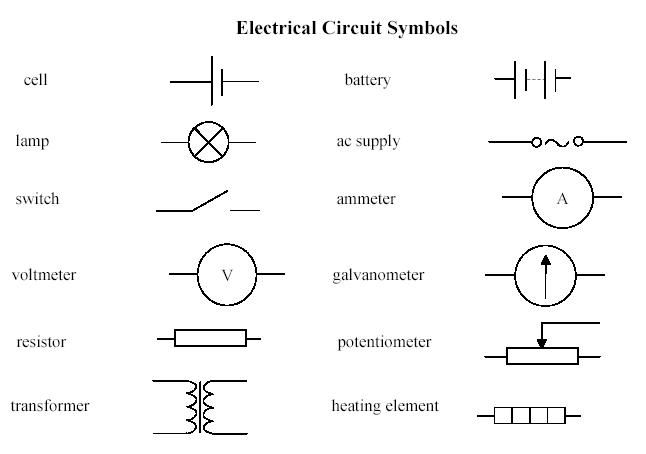



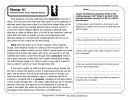
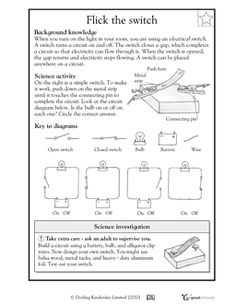
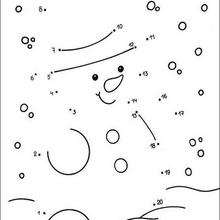
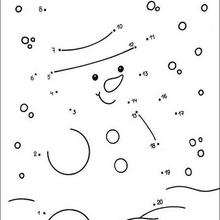
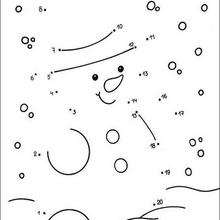
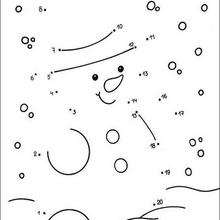
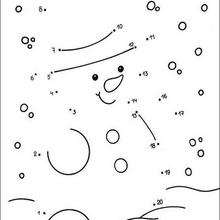
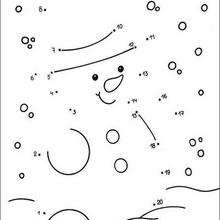
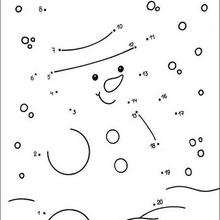
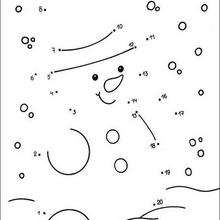
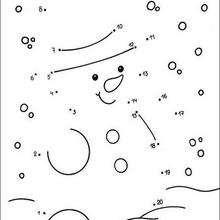
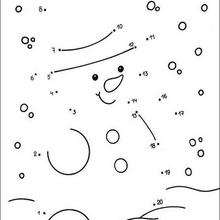
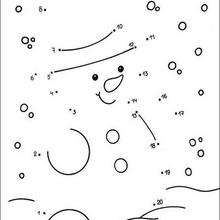














Comments